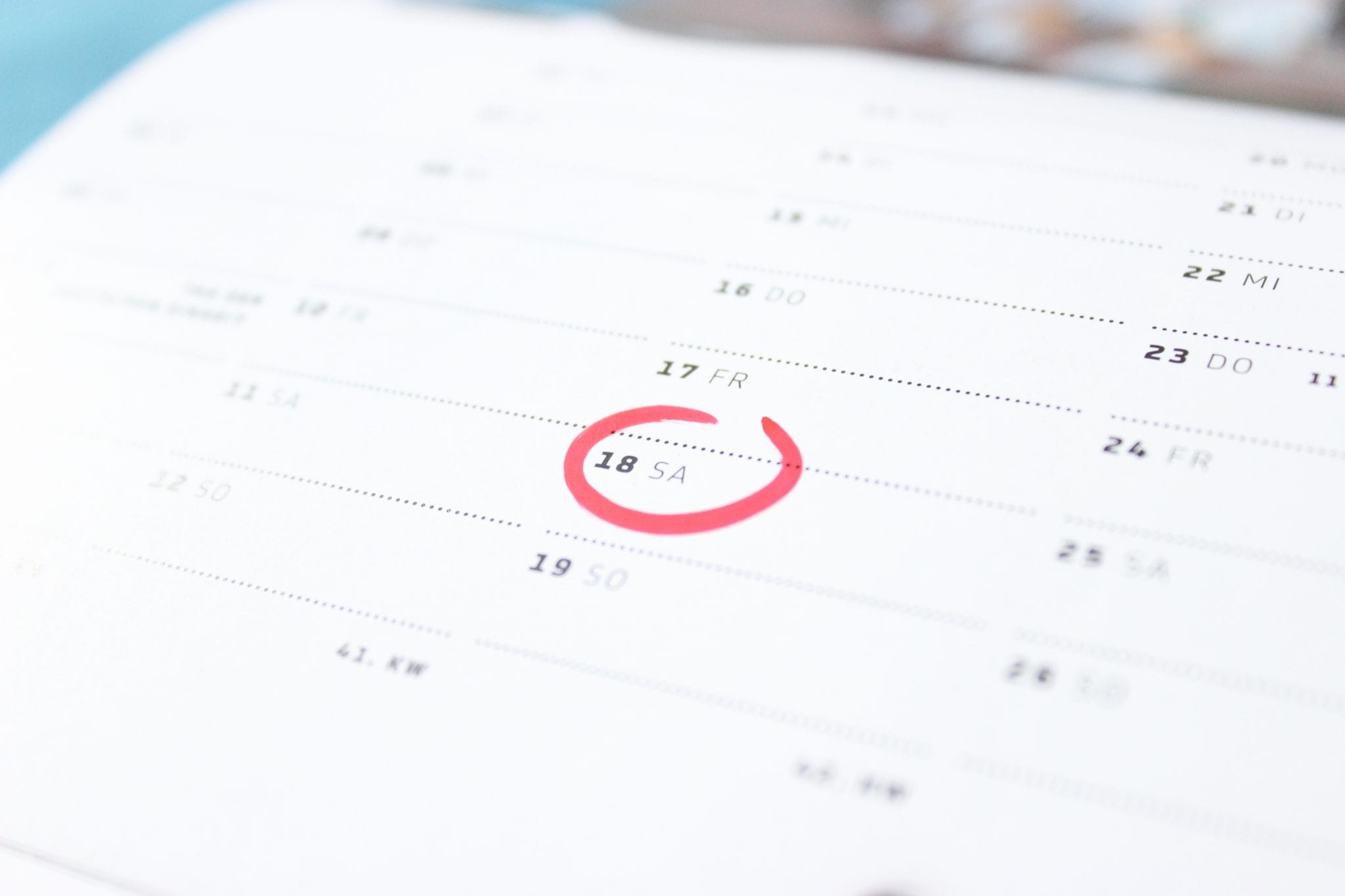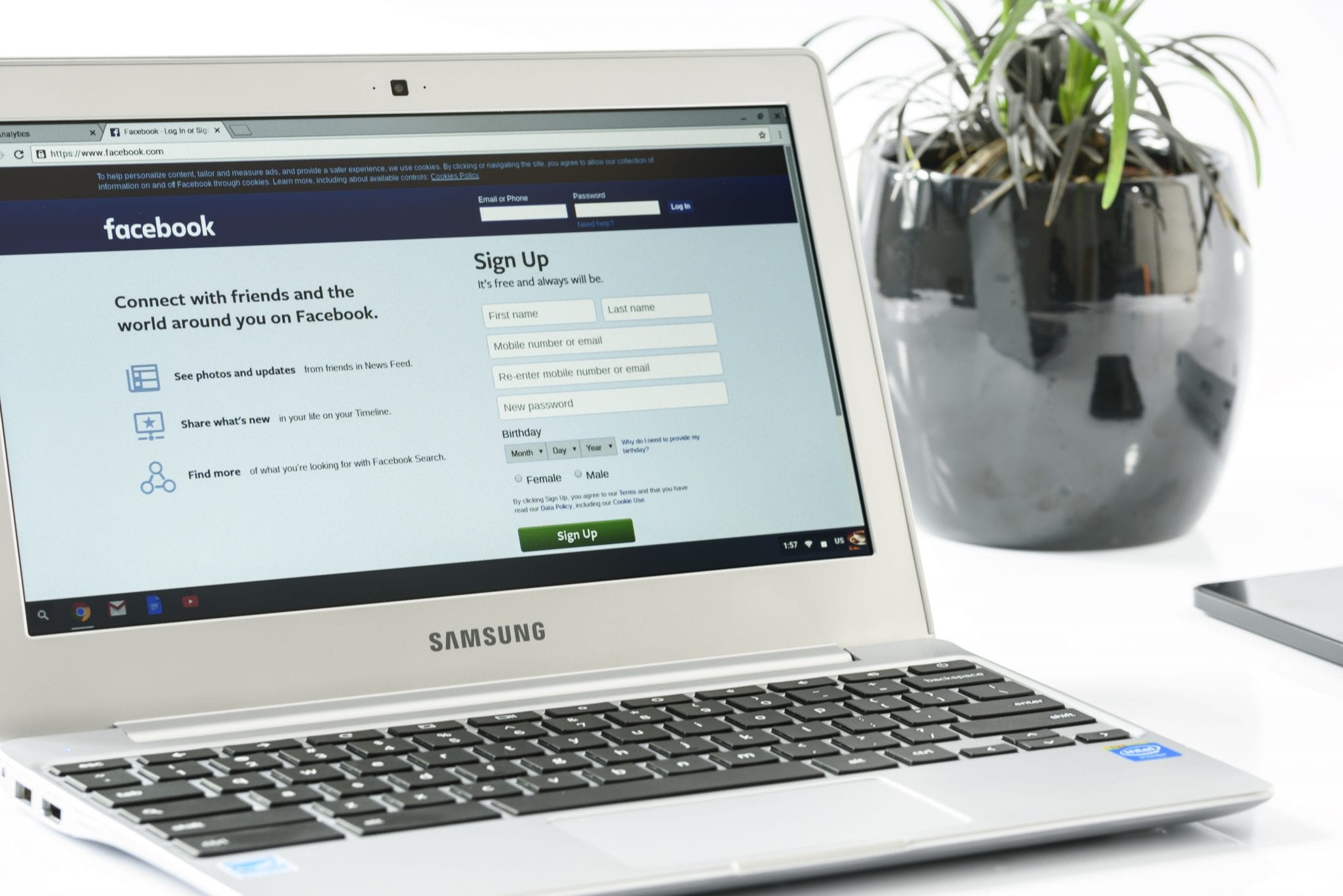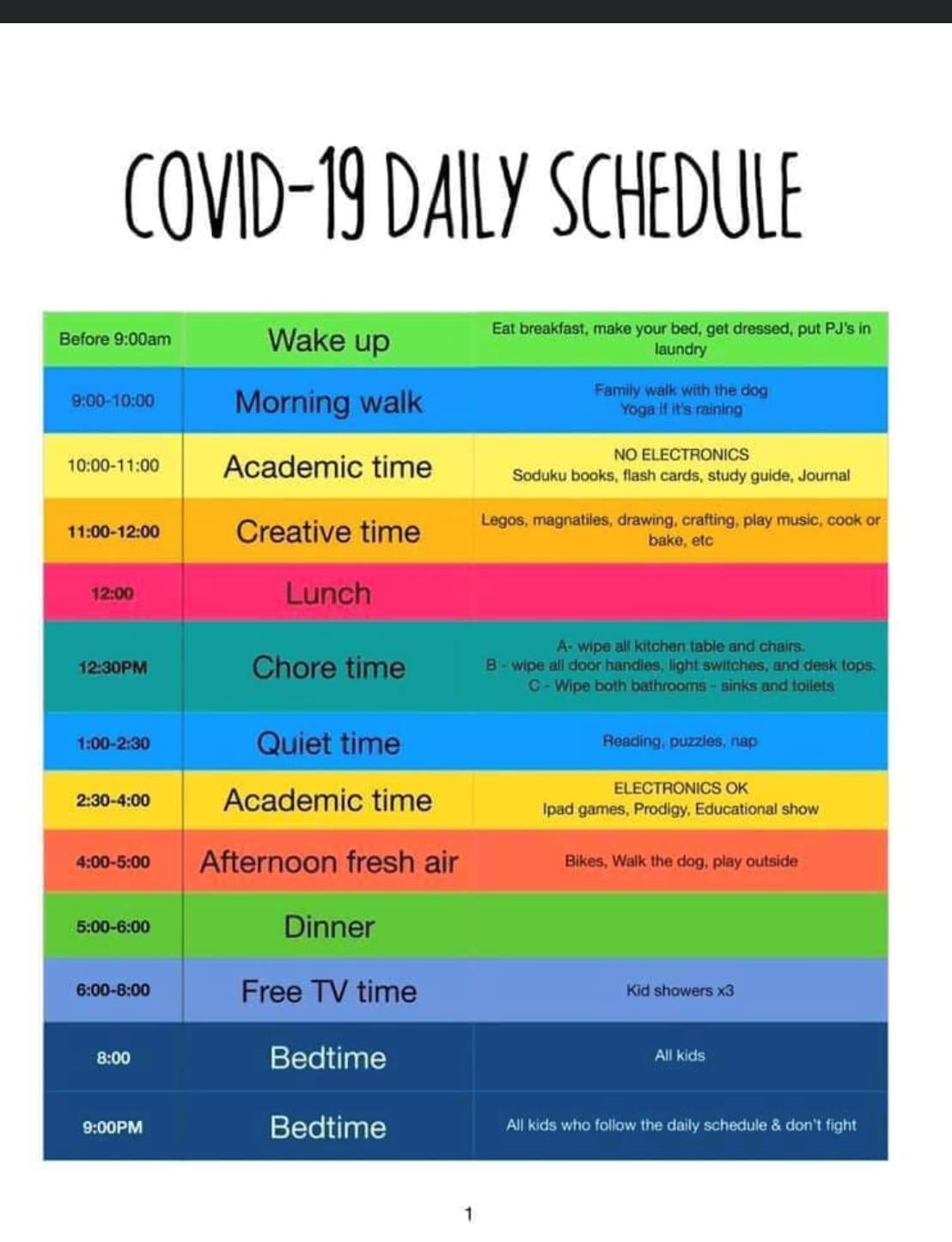
If you wake up on the wrong side of the bed, it can feel like your whole day got turned upside down. Why? Because your first 90 minutes set the stage for the rest of your day.
Pivotal habits, such as eating breakfast and journaling, can significantly change the trajectory of your productivity. They give you a better outlook on the day and clarify your work intentions.
What small hacks can keep you motivated and productive throughout the day? These five are key:
-
Defining your ‘why’
Get used to it: You won’t enjoy every task you have to do in a day. Nobody gets inspired by things like taking out the trash or sorting through emails.
That’s why you need to establish your “why.” It’s never a smart idea to rely on willpower alone to get you through menial work.
Simon Sinek, author of “Start With Why,” suggests treating your “why” as your root. Yours might be different than someone else’s, and that’s OK. What’s important is that your goals and your tasks logically grow out of it.
Ask yourself: What do you ultimately want out of your productivity? To enjoy leisure time? To live out your potential?
Make your goal something greater than paying the bills. For example, you could think of it as: “providing a secure life for my family and children.” When you have a clear direction for what you’re doing, it’s easier to get through rough times.
-
Mapping out your week on Sunday
If you want to be more productive, you have to plan your week out on Sunday.
There are probably a million things you would rather do on Sunday, but you only have to spend 30 minutes to plan out the rest of your week. Then you can go to the beach or catch up on your favorite television show.
Here’s how you can map out your week on Sunday:
- Write everything down that needs to get done.
- Separate main priorities from what can wait.
- Add main priorities to your calendar. Stick to three or fewer per day.
- Add sub-priorities to your main priorities. If you want to landscape your yard, for example, you may need to make a trip to the hardware store.
- For to-do items that can wait, schedule them during leftover availability.
Now you have a weekly schedule. Review it and make sure it truly reflects what you have to get done. Also ensure that you don’t have any events conflicting with each other. You wouldn’t want to schedule a client visit the same time you have to conduct employee training.
With your remaining time on Sunday, take care of housekeeping items. Prepare meals, do laundry, and clean up. This ensures you can keep your focus on more important things during the week than what you’ll be eating for lunch the next day.
-
Having a morning routine
Is your go-to morning routine hitting snooze on your phone several times and throwing your wrinkled clothes on? Habits like that ruin the rest of your day. You set the stage for hurriedness and laziness from the moment you open your eyes.
Some tasks you might consider including in a morning routine:
-
Reviewing your goals
Are the goals you set out for yourself on Sunday still valid. Focus on finishing those first. Once your priorities are done, work on the ones that are not as pressing.
-
Making your bed
Making your bed is a small task that can make you feel like you accomplished something big. It takes less than five minutes and builds your confidence.
-
Exercising
Did you know that experts say mornings are the best time to exercise? Exercise wakes you up by getting your blood flowing bright and early.
-
Implementing a get-out-the-door routine
Getting out the door on time helps you feel ready for work. This means having your clothes ironed and ready to put on the night before. Have essential items — like your laptop bag and lunch box — packed and in a specific spot. Place pre-planned meals in the fridge and ready to pack.
-
Decluttering your workspace
Have you ever tried getting work done when your desk is full of junk: pencils that don’t work, papers you don’t use, knick knacks that are collecting dust?
It can feel impossible to work in that environment. Clutter makes it difficult for you to focus, and hard to relax. It also reminds you of all the cleaning you should have done but haven’t.
Take a few minutes to clean your workspace, starting with your desk. Put items in a box that you don’t need. Get rid of the paper agendas from old meetings. Return books that belong to another department.
Then, clean up your computer. Delete old files, and archive your emails. Organize the documents you actually need into folders.
Finally, take care of the area around your work station. Vacuum the carpet. Clean out your filing cabinet.
-
Working smarter, not harder
There’s no point in discovering your why, having a schedule, morning routine, and decluttering your workspace — if you’re overworked. Why grind it out when you can find alternative ways of working?
Working smarter might mean outsourcing data entry tasks to a digital assistant. It could mean listening to your favorite podcast on your walk instead of when you’re trying to meet a deadline.
Working smarter helps you focus on priority tasks. It also shows you the value of delegating appropriate tasks, allowing your time to be better spent elsewhere. Working smarter allows you to get tasks done quicker, which lets you use the leftover time to relax.
To get the big things done, start small. Know what you need to get done, take care of yourself (and your workspace), and find efficiencies where you can. That’s all there is to it.








